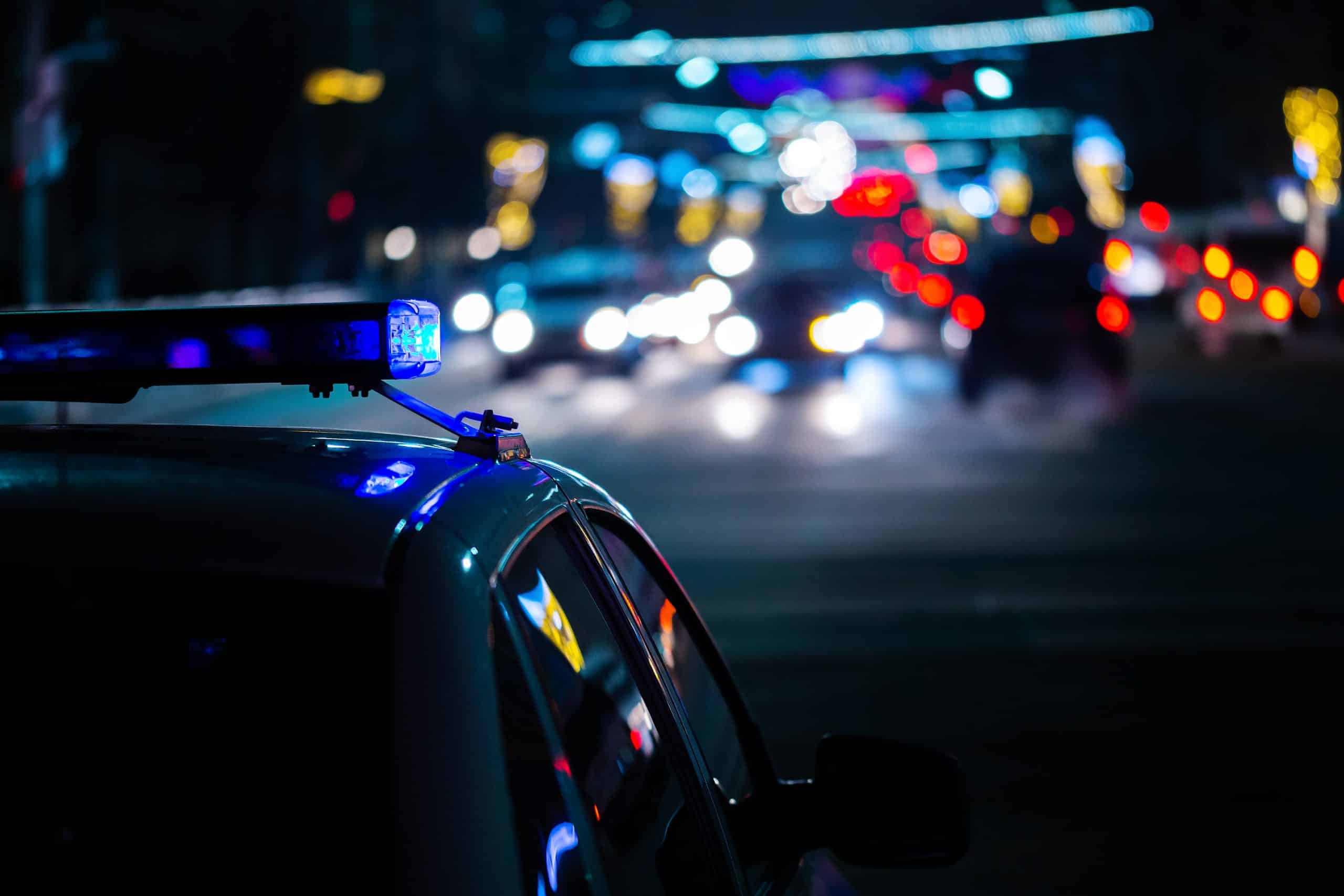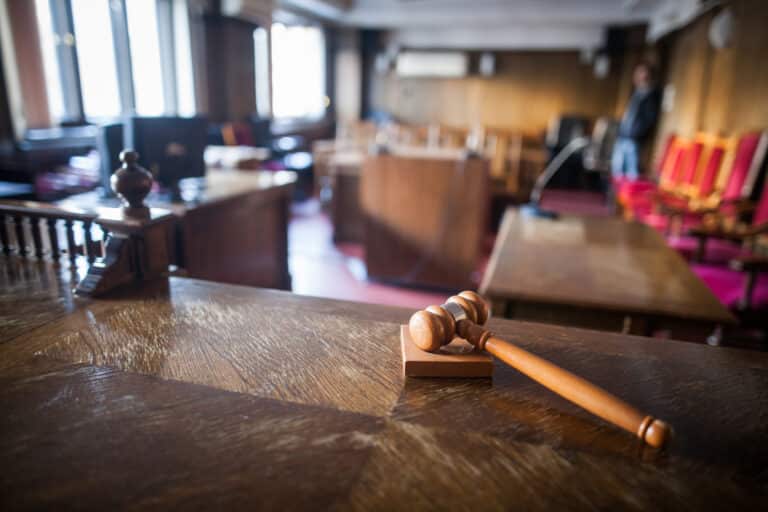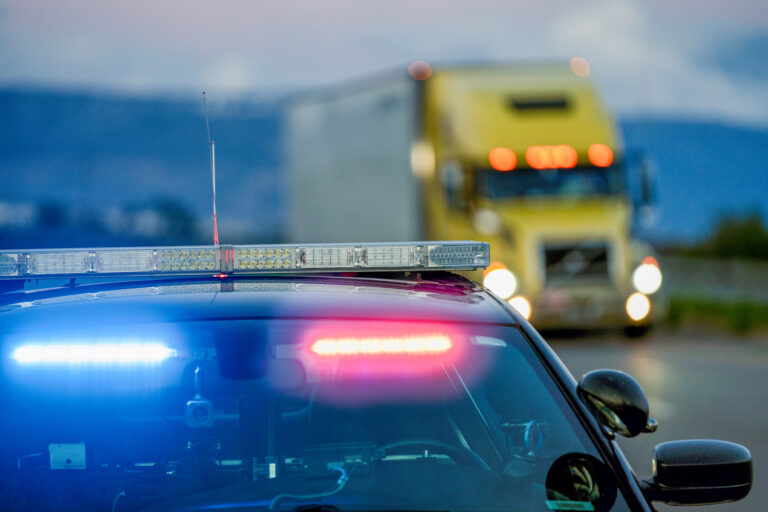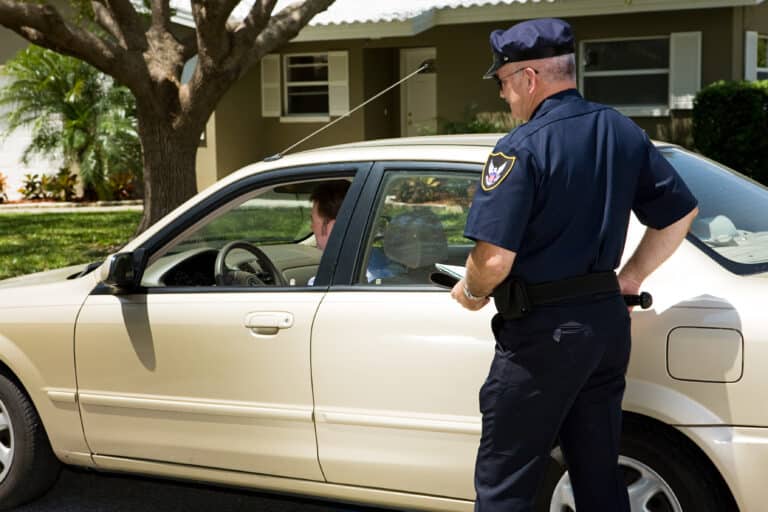TV and movies love to show cops going on wild, high-speed chases. It makes for great action scenes. And let’s face it: Every cop dreams of doing stuff like that. But there’s a reason most cops don’t. Especially in New York State, our rules dictate that we not chase after suspects except in the most extreme circumstances. Let’s look at what Hollywood gets wrong about police chases.
Most Police Chases Are Too Risky
If an officer radios dispatch to say they are chasing a suspect, most of the time the ranking supervisor is going to tell them to stop the pursuit. There’s a reason for that. While the destruction and mayhem we see in movies during chase scenes are exaggerated for drama, in real life there are still a lot of risks involved.
There is a risk to other drivers as the suspect and officers swerve around them. There is a risk to pedestrians and bicyclists. If the chase crosses a school zone, there’s a risk to children. There’s even a risk to both the officers and the suspect himself/herself.
To engage in a pursuit is to take on liability for any injuries caused by it.
No officer wants to kill someone in the effort to catch a small-time crook. And the rules exist to make sure that doesn’t happen.
No Firing from a Moving Vehicle
Another thing people see in movies is police trying to shoot at fleeing suspects. Hollywood might show one cop driving and his partner firing out the window. In addition to this being a huge risk, the odds of hitting your intended target are slim. Even if you were the world’s greatest marksman, you’d basically be firing stray bullets, which could end up hitting an innocent person.
Police Can’t Shoot Out Tires
The same thing goes with shooting out tires. Police are not taught to do this. How can you actually aim for the tires? They are mostly covered by a bumper if you are facing the front or rear of a suspect’s vehicle. Even if you are driving right alongside, you’re more likely to hit the hubcaps, which will do nothing, than the actual tire.
Even presuming you could hit a tire, it’s unlikely the bullet would puncture it. Tires are made of hard rubber and if they are in motion, a bullet is most likely to deflect off and, again, possibly hit a bystander.
Shooting Windshields…? Maybe
The only part of a moving vehicle a cop might fire at would be the windshield. This can only happen in one situation: the suspect’s vehicle is coming at you at a high rate of speed. But there’s a risk to this too. When you shoot the windshield, the rate of motion and angle of the windshield could still cause the bullet to deflect and hit something or someone else. If the cop can get out of the way of an oncoming vehicle, that may be a more practical and less risky action to take.
When Police Will Chase a Suspect
The only time police in New York will pursue a suspect is when the suspect’s risk to the public is greater than the chase itself. Here, we are talking about someone dangerous, such as a person who killed three people or tried to shoot a politician. Basically, we are referring to anyone who police feel could harm another person if they remain at large too long.
In reality, most suspects don’t meet those criteria. If you’re talking about someone who committed assault or vandalized property, there’s no reason to chase that person. If he or she stole a car, it’s probably better to let insurance handle it. Even if a guy robbed a store at gunpoint, it’s not likely to result in a chase—as long as no one was hurt and there doesn’t seem to be any reason to believe the suspect will hurt someone.
What Police Will Do Instead
Rather than chase a suspect, police will conduct a search. This means canvassing the area a suspect is believed to be in. Officers will watch roads, parks, schools, and stores for a person or vehicle that matches the description given to dispatch.
Another thing police may do is “observe” someone. An officer in an unmarked vehicle can follow another car without using lights or sirens. The goal is to remain largely unseen. If we feel we can and should, we may try to pull the suspect over and apprehend him or her, but if the suspect flees, it’s unlikely a chase will follow.
When we do pursue, police need to be mindful they aren’t putting other drivers too much at risk. The wildest thing an officer might do is something called the PIT (pursuit intervention technique) maneuver. NYPD Highway Patrol and State Troopers are trained to do this, but not NYPD Patrol Officers or most other cops.
The PIT maneuver involves striking a car at just the right angle to make it crash or flip. This is only allowed under certain circumstances, and the officer has to take into account other cars on the road before attempting it.
Why Real Suspects Rarely Get Away Despite the Lack of Chases
A person might be reading this and think, “Oh, cool, if I commit a crime, the police won’t chase me and I won’t get caught.” This is naïve. When a suspect flees police in a vehicle, he or she is not thinking about how many cameras are out there. They’re not thinking about too much except fleeing the scene. But that doesn’t mean they won’t get caught and charged with the crime.
As I've said before, there are cameras everywhere nowadays. Police can also rely on automated license plate readers (ALPRs). These are special cameras that can scan license plates as they pass by. They might be mounted on street poles or highway overpasses. We may carry them in our patrol cars as well. These readers can tag as many as 20,000 license plates per minute!
Whenever an ALPR scans a plate, it records the date, time, direction of travel, and other details about the vehicle. All of this is stored in a database that cops can search. If we are looking for a particular license plate, all we have to do is go into the system and enter the plate number. Then we can see where it has been, where it was going, and when. We can also add the plate number to a “hot list” that alerts cops when and where that plate has been scanned.
Given all of the technology now available to cops, I won’t say that police chases are obsolete, but they are becoming increasingly rare. And when they do happen, they look nothing like the kind of mayhem and destruction we see depicted in movies. While that stuff is fun to watch, it’s not fun for a cop to be liable for it.





